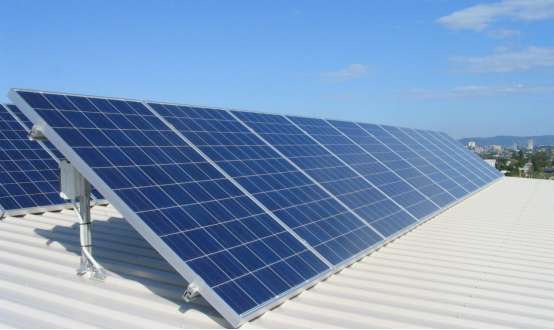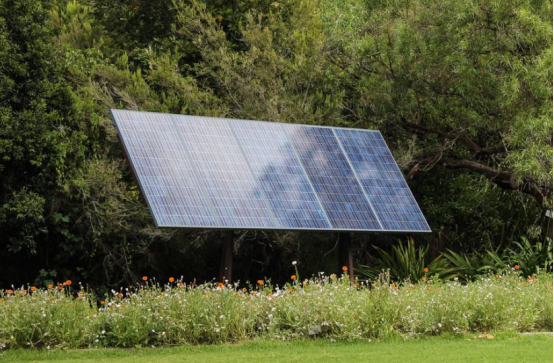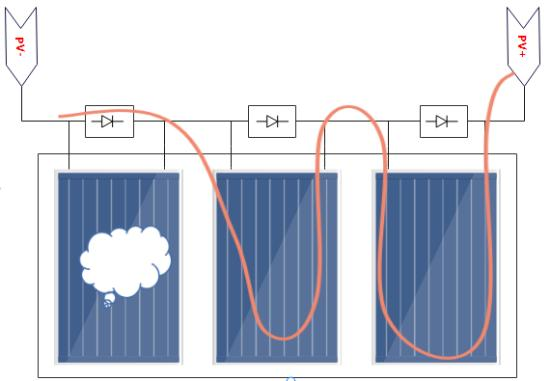- What is ETFE membrane material?
- Analysis of the Four Major Advantages of ETFE Membrane Materials
- The application prospects of ETFE membrane materials
In the field of solar panels, the choice of packaging materials directly determines the performance, lifespan, and usage scenarios of solar panels. Among them, ETFE (ethylene tetrafluoroethylene copolymer) has become the core packaging solution for high-end solar products due to its excellent material properties. This article will delve into the core and irreplaceable advantages of ETFE membrane materials.
What is ETFE membrane material?
ETFE is a fluororesin synthesized by alternating copolymerization of ethylene and tetrafluoroethylene, commonly known as polytetrafluoroethylene or F-40. It contains fluorine atoms and is also a type of fluoroplastic. In the 1970s, it was jointly developed by NASA and DuPont and applied in the field of space exploration.
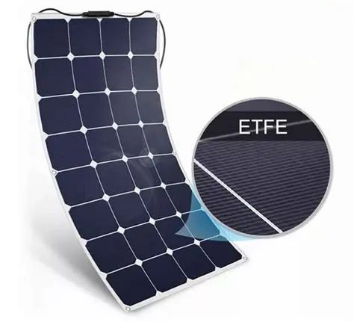
Analysis of the Four Major Advantages of ETFE Membrane Materials
① Extraordinary durability
Inherent stability: ETFE molecular structure contains strong C-F bonds, which can effectively resist UV radiation, ozone, extreme temperature fluctuations (-200 ℃ -150 ℃), acid rain, and most chemical erosion, protecting internal battery cells from environmental damage.
Ultra long lifespan: The lifespan of ordinary plastics is only 5-10 years, while ETFE can easily reach over 25 years, providing long-term and stable protection for the internal solar cells.
② Revolutionary lightweighting
Extremely lightweight: ETFE material has a low density (about 1/4 of glass) and thin thickness (1/3 of traditional backplates), making solar panels packaged with it exceptionally lightweight.
Expanding application scenarios: This lightweight feature allows solar panels to be easily installed in places where traditional glass panels are not suitable, such as car/RV roofs, lightweight building roofs, tents, backpacks, drones, and even curved ship hulls, greatly expanding the application boundaries of solar energy.
③ Excellent transparency
High transmittance: ETFE has a transmittance of up to 95%, allowing the vast majority of visible light and effectively generated ultraviolet light to penetrate and reach the solar cell, maximizing the efficiency of light energy capture.
Balancing protection and transparency: While providing physical protection, it almost does not sacrifice the amount of incident light, ensuring that the battery cells can fully utilize sunlight for efficient power generation.
④ Highly resistant to pollution, self-cleaning
Non stick surface: ETFE has extremely low surface energy, similar to non stick coatings, making it difficult for dust and dirt to firmly adhere to its surface.
Self cleaning: By relying on rainwater flushing, most surface pollutants can be removed, greatly reducing the decrease in power generation efficiency caused by dust accumulation, and also significantly reducing the frequency of manual cleaning and maintenance costs.
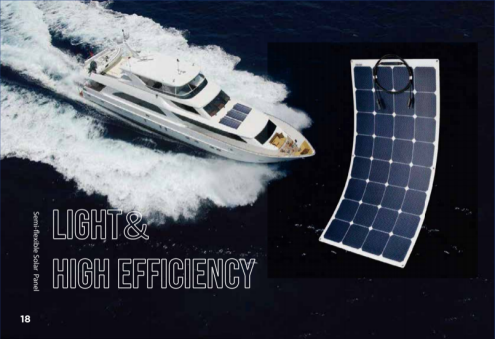
The application prospects of ETFE membrane materials
ETFE film material has become the preferred solution for high-end flexible solar panel packaging due to its excellent environmental resistance, revolutionary lightweight and self-cleaning characteristics. The latest ultra flexible double-sided power generation solar panel developed by Gaotu Innovation is packaged with ETFE film material. In addition to the above advantages, the solar cells adopt double-sided single crystal cell technology, with a conversion efficiency of up to 27%+. The entire solar panel thickness is only 0.6mm, and the weight per 100W is only 800g, which is extremely lightweight and can be easily applied to various complex curved environments such as car roofs, rooftops, yacht surfaces, etc.
However, top-notch performance often comes with relatively high prices. The cost of ETFE film material is much higher than that of conventional glass or polymer encapsulation materials, mainly due to its expensive special resin raw materials, complex processing technology, and the need to match high-efficiency solar cells and advanced flexible substrates to fully utilize its advantages. This makes the price of ETFE encapsulated solar panels several times higher than that of ordinary solar panels.
Despite facing cost challenges, the application prospects of ETFE packaged solar panels are still broad. With the continuous breakthroughs in solar energy technology and the expansion of application scenarios, ETFE modules are expected to become the mainstream choice in the field of solar panels, especially in mobile energy scenarios, where their revolutionary advantages of lightweight and curved surface integration will unleash greater value. Meanwhile, the performance evolution and application innovation of ETFE materials are continuously driving the development of solar energy technology towards lighter, softer, and smarter directions.
To learn more about solar panels, please visit https://gtpowsolar.com/
